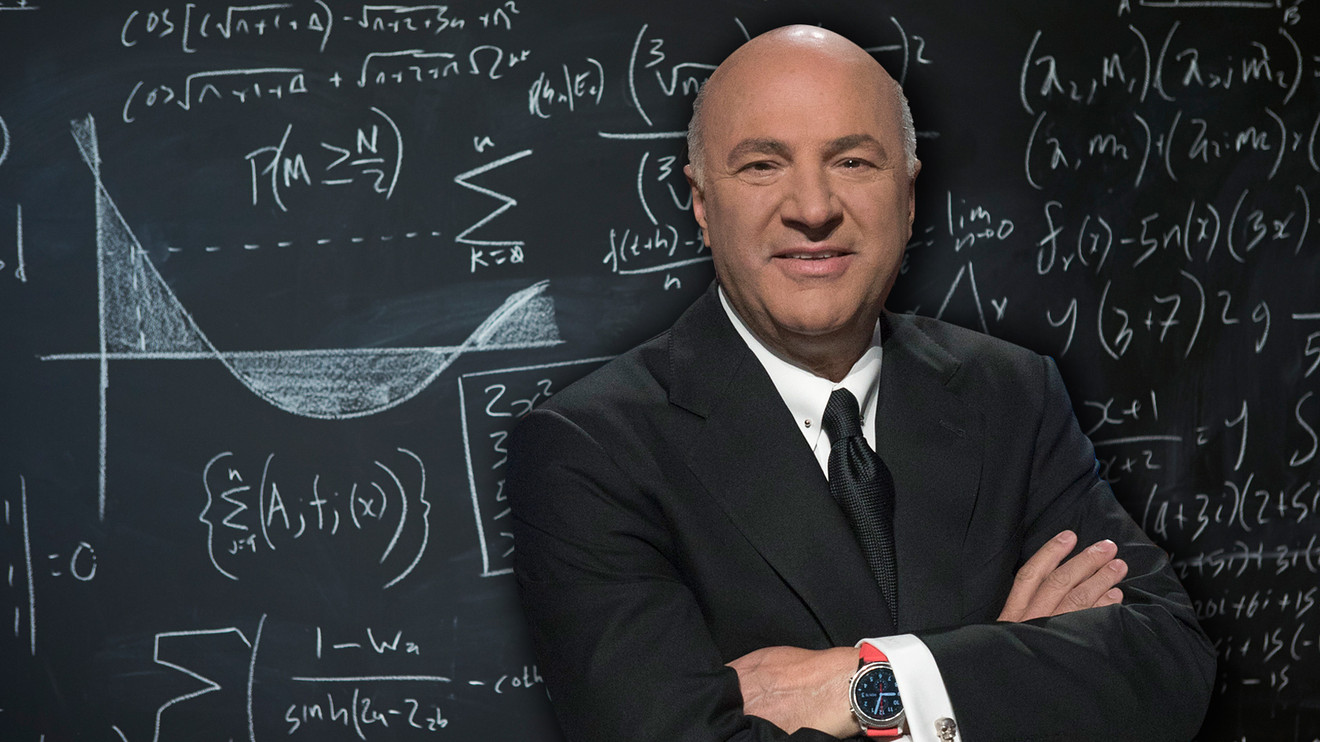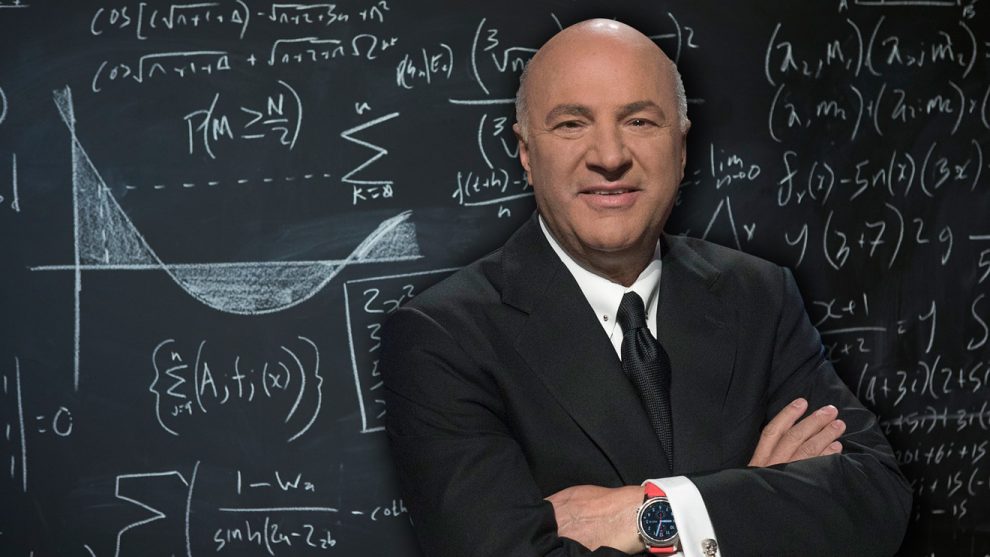
“Shark Tank” star Kevin O’Leary has some simple advice for anyone who finds investing scary: Just do it. Now.
“When you’re 21 years old, or 20 or 18 or 19 and you start putting aside 10% of what you make, you’ll [have] over $1 million by the time you’re 65,” O’Leary told CNBC.
“If no one else is going to worry about your retirement, I want you to worry about it.”
He goes on to explain that impulse spending is a real obstacle for many. Unneeded clothing, pricey new wheels, morning coffee from a fancy shop — it’s all money that should be going to your future self.
Ten percent might not sound like a lot, but the reason O’Leary is right is the mathematical fact of compounding interest.
If you save, say, $5,000 in one year, a typical stock market return in a diversified, low-cost index fund means that a year later you will have $5,365.
Let’s say the next year you save nothing additional. But you leave that $365 gain invested.
In 10 years at a typical stock market return your money will more than double, hitting $10,115. That’s because every year your gains are reinvested and growing as well.
Wait another 10 years and you have $20,462. Ten more years and you have $41,396. The money just keeps on doubling with no extra effort at all.
That commonly misunderstood mathematical fact is why $5,000 a year turns into more than $1.2 million over four decades.
Five thousand dollars multiplied by 40 years is $200,000. The extra $1 million is all from compounding interest.
Sandbagged
O’Leary also is a strong proponent using low-cost index style ETFs to do that investing.
Why low cost? Because even less understood than compounding is the concept of negative compounding.
If you buy an expensive mutual fund, one that costs you around 1% of your balance per year in fees, that’s 1% of your entire retirement savings being subtracted each and every year.
It’s not 1% of your savings in that year or 1% of your gain. It’s 1% of everything you’ve ever saved and all the money that you’ve earned from compounding, taken from you.
Thus the effect of a 1% fee in a stock mutual fund is that you lose one-third and up to one-half of your potential gains to the fund’s managers. You’ve effectively sandbagged your own retirement.
Charging high fees is a great deal for the fund managers. They take no risk and receive a significant portion of your gain.
All for doing what? The implicit promise is that they will get you a better return than the stock market alone.
Ironically, those fees mean that the vast majority of active stock fund managers can’t give you a better return, especially after decades of negative compounding.
As the late John Bogle, founder of Vanguard, often said, the “humble arithmetic” of low-cost investing is indisputable.
What’s lacking is only our will to take action for ourselves, the sooner the better.









